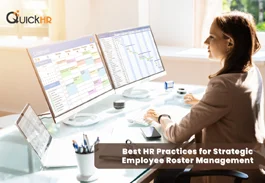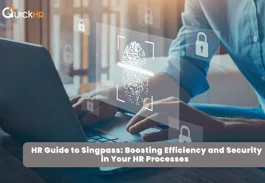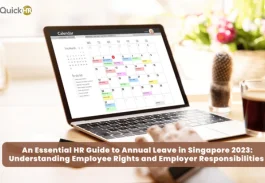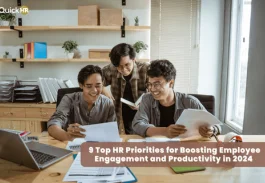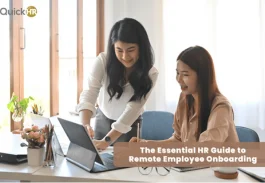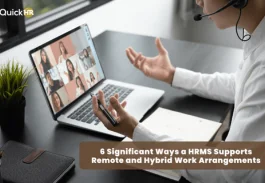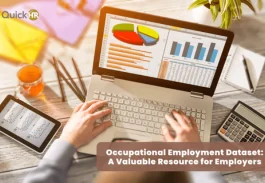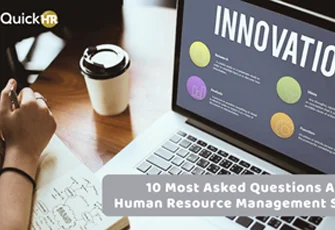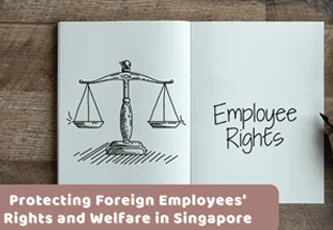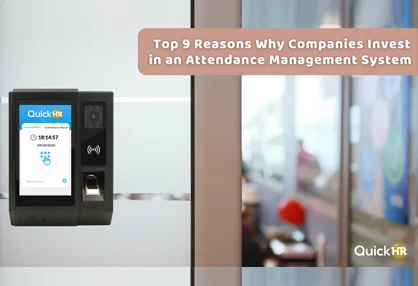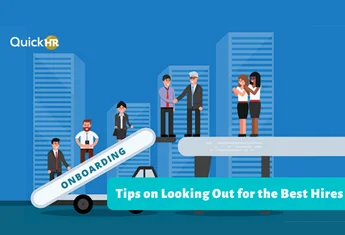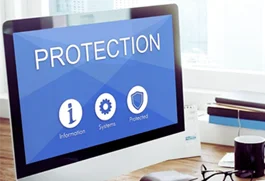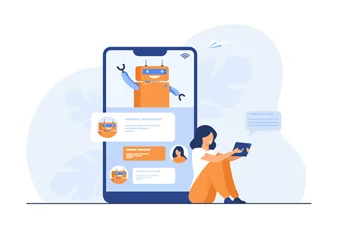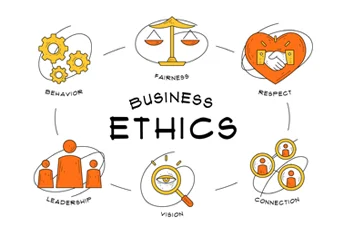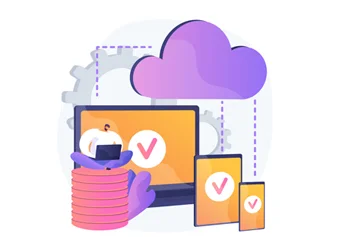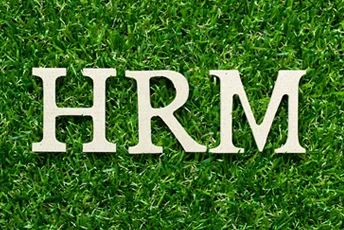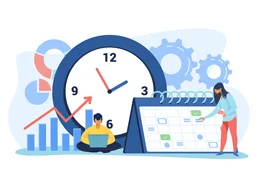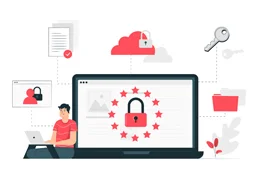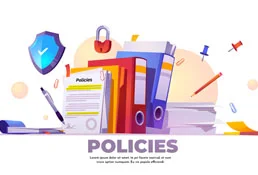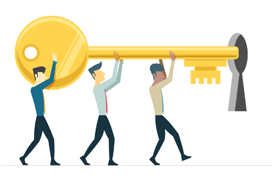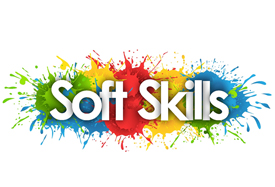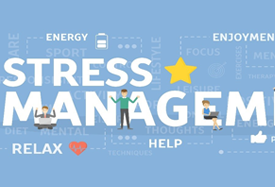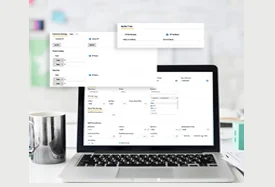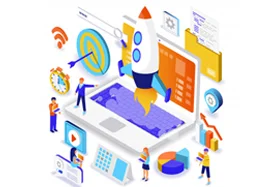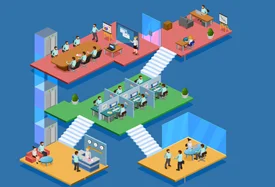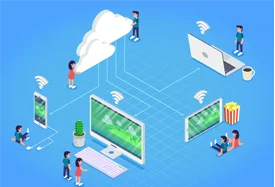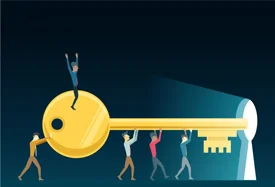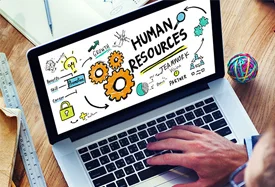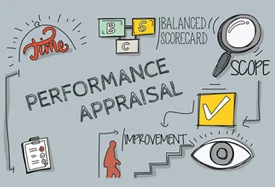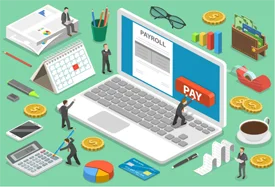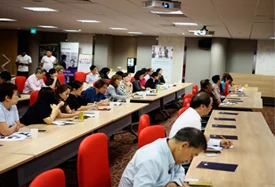
Top 3 Tips on Transitioning Back to Work at the Office
Posted on 24 December 2020 in Business | Gabriel Chua
The Coming of Phase 3
With Phase 3 right around the corner, Singaporeans can finally look forward to the relaxation of more COVID-19 safety measures. With a larger capacity to be allowed in public spaces, and a new limit of up to 8
people for social gatherings, the next phase of Singapore’s circuit breaker could not be any more welcomed. However, this also means that more workers will be returning to the office. After such a long period working from home, workers might be deterred from or even resent going back to the workplace. So, what can Human Resources do to prevent such a problem?
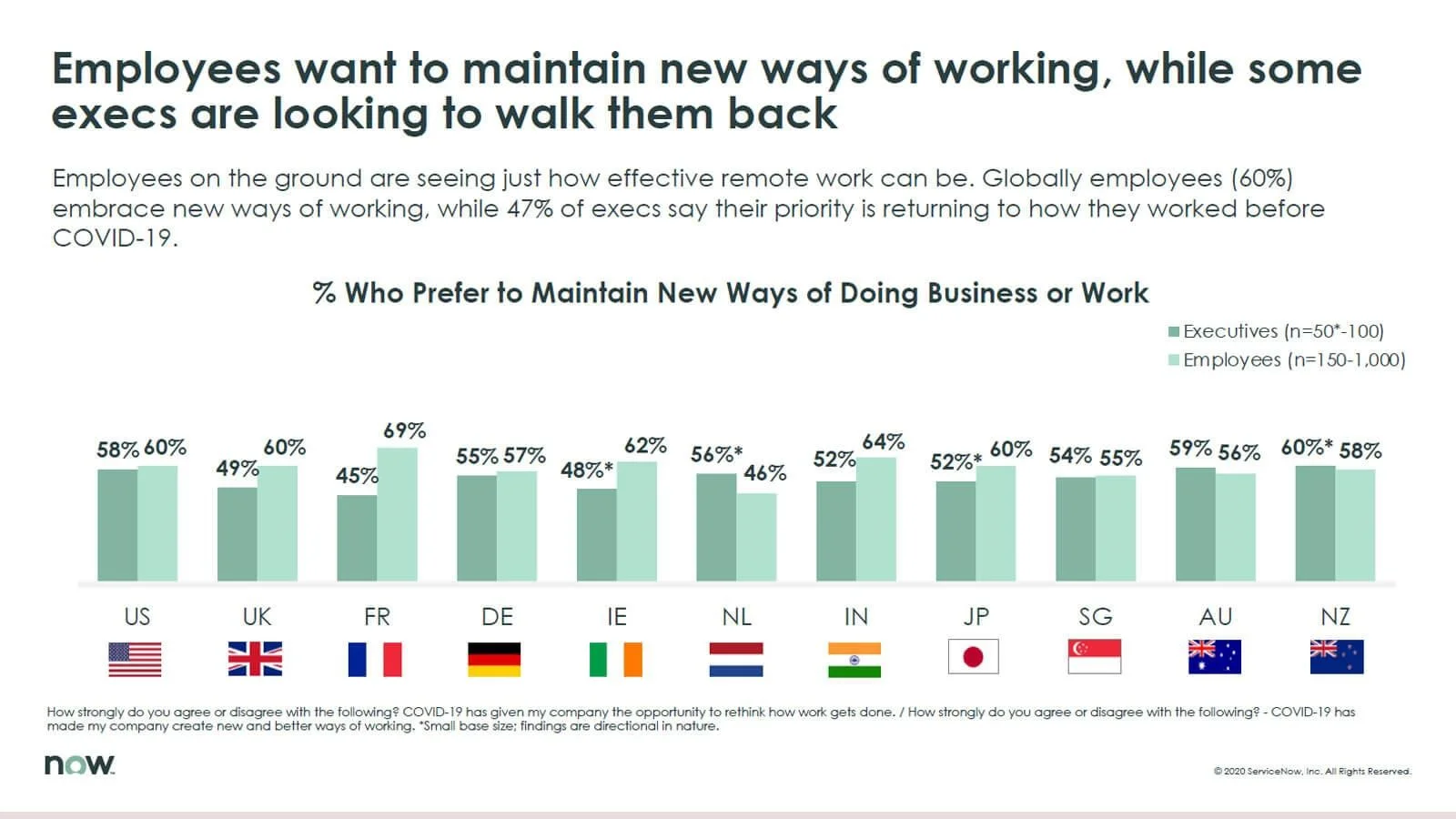
In a study done by The Work Survey, it was reported that more than half of Singaporeans prefer the new modes of working from home [1] , which may be in opposition with the wishes of management. As such, it is important strategize the return to office with a plan to reconcile these differences, and the following tips could help you on your way.
Tip 1 - Introduce Flexible Work Arrangements
A large concern [2] of employees returning to the workplace would be the risk of contracting COVID-19. With individuals having to work within
the relatively small confines of the workplace, there will be a greater concentration of people interacting with one another, thereby increasing the risk of transmission.
In order to alleviate these fears, companies can stagger work hours to reduce the number of employees in the workplace at any one time. In addition, instead of pre-assigning them a timeslot, employees could be allowed to indicate their own preferences for work arrangements. By catering to the desires of workers, you can demonstrate that you value the inputs of employees and are willing to cater to their preferences and enhance morale. Therefore, even if companies are facing a fall in demand as a result of the ongoing pandemic, having a motivated workforce will help organisations remain productive and stand firm amidst the current economic climate.
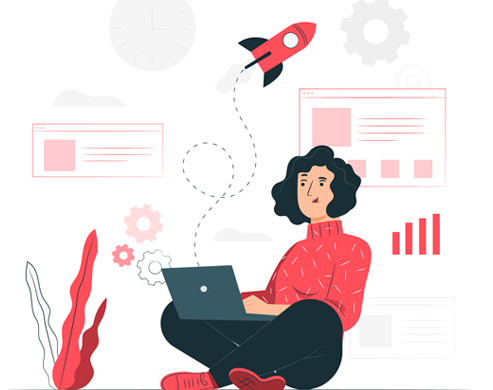
To assist with putting such work arrangements into place, QuickHR’s Scheduling & Shifts module is a great asset to have. Highly customisable and adjustable to your liking, it will help you efficiently track scheduling and attendance.
Tip 2 – Lead by Example to Communicate your Objectives

Being a leader requires not just giving instructions, but ensuring that your fellow employees see you as an embodiment of the goals and objectives that have been set out to achieve. Therefore, HR and managers have to take the initiative and get the ball rolling in order to ‘walk the talk’.
For instance, HR and managers should take the lead in adhering to company policies regarding health and safety precautions such as scanning QR Safe-entry codes and applying hand sanitisers. This would go hand-in-hand with efficient temperature scanning and facial recognition devices such as QuickHR’s Thermal Biometric System, which not only helps track employee attendance, but also helps with contactless temperature scanning and safe-entry check-ins. Such a device would indeed help organisations make the implementation of COVID-19 safety measures easier.
When employees see their superiors adhering to such established measures, it would demonstrate a sense of unity between HR and Management. In addition, they would recognise that the company is committed to the overall well-being of each and every employee, encouraging them to follow these guidelines as well.
Tip 3 –Recognise the Importance of Patience in Transition
After months of working from home, individuals facing a transition in work routines would suffer from the ill-effects of a sudden change of pace. Having gotten used to a routine, employees would have developed certain habits [3] , such as dressing casually and taking more regular short breaks. As such, a sudden disruption in their routine may result in some employees having difficulty adjusting to a new office routine, causing a drop in their productivity levels. Added scrutiny and surveillance from their supervisors could exacerbate the difficulty of the transition.
Therefore, it is necessary that the HR department recognises that patience is essential in helping employees to maximise their potential. If managers were to expect immediate results, this would

place an unfair burden on employees. Therefore, HR should firstly clearly communicate to managers the importance of the transition process back to working from the office. Secondly, HR could also organise small initiatives to boost morale, such as scheduled short breaks where employees can gather and have healthy snacks together.
With the understanding that they play an important role in assisting both the physical and mental-well-being of employees, managers would not only be empowered with greater understanding, but would also provide employees a constant source of support, thereby allowing them to rediscover their best and help their respective organisations remain productive. Additionally, through this they will develop soft skills which promotes greater unity via the development of interpersonal relationships for greater work efficiency.
In a Nutshell
Given the importance of strategising the return to office for workers, it is of utmost importance that such a process is done in a safe and progressive way. To cross such a hurdle, it is advisable to utilise a HRMS module which engages employees, like QuickHR’s appraisal and feedback module. Such a module not only allows for a two-way communication channel between employees and managers, but both parties are able to leave constructive criticisms for one another. This helps track both engagement and motivational levels, thereby helping to maintain employee well-being which is essential when transitioning employees back to the workplace.
When transitioning workers back to the office, manually creating a roster to cater to employees’ preferences might also prove to be troublesome for complex work arrangements. If this is the case for you, why not give QuickHR’s Scheduling & Shifts module a try? With many detailed yet easy-to-use features such as a “Employee Filter” view that allows you to view schedules across all departments and a “No-Show Penalty”, integration of this module with our award-winning Payroll Software will make even the most complex of work arrangements hassle-free with prompt issues of due salaries to your employees.
Once again, we hope that you’ve enjoyed a good read. And remember, Think Now, Think Far, Think QuickHR.
* Get in touch with us at quickhr.co to find out more about our state-of-the-art HRMS solution!
Citations:
Lai.L. (2020, October 13). Only 10% of workers want to return to office: Survey. The Straits Times.
https://www.straitstimes.com
Tan.S & Begum.S. (2020, September 27). Back to office, but it's so hard: Why some in Singapore are reluctant to return to the workplace. The Straits Times.
https://www.straitstimes.com
[1] https://www.humanresourcesonline.net/a-majority-of-employees-and-execs-in-singapore-want-to-stick-to-remote-or-wfh-arrangements
[2] https://www.asiaone.com/singapore/only-10-workers-want-return-office-survey
[3] https://www.straitstimes.com/singapore/manpower/back-to-office-but-its-so-hard
Enjoying this article? Subscribe now and never miss out on future content.

